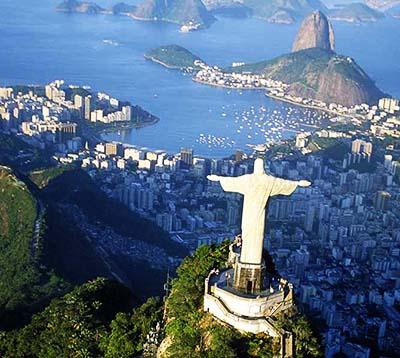Discover Arequipa, Peru — The Enchanting White City
If you're dreaming of trips to Peru filled with charm, history, and natural wonders, Arequipa — known as La Ciudad Blanca or The White City is your next must-see destination.
This elegant city gets its nickname from its dazzling colonial buildings, made of sillar, a white volcanic stone that glows under the bright Andean sun. Nestled between majestic volcanoes like El Misti, Arequipa is a cultural gem you can’t miss when you travel to Peru.
Legend says the name "Arequipa" comes from the Quechua phrase "Are quiapi", meaning “Yes, stay.” Once you arrive, you’ll understand why — it’s a place that captures your heart.
What to See and Do in Arequipa on Your Peru Tour
✔️ Wander through the historic city center, a UNESCO World Heritage Site
✔️ Marvel at the colorful Santa Catalina Monastery
✔️ Enjoy panoramic views from Yanahuara and Carmen Alto
✔️ Explore the dramatic Colca Canyon, one of the deepest in the world — and spot the mighty condor
✔️ Savor local cuisine like rocoto relleno and adobo arequipeño
Whether you're combining Arequipa with Machu Picchu tours, exploring the Andean south on a broader Peru tour, or building your own itinerary of Cusco Peru tours and highland escapes, Arequipa is a perfect addition to your route.
Plan Your Dream Trip to Peru
Add Arequipa to your customized trips to Peru and experience the balance of adventure and serenity, history and nature. From the white-stone streets of the city to the vastness of the canyonlands, visit Peru with depth, purpose, and wonder.
Ready for unforgettable trips to Machu Picchu and beyond? Let your next adventure begin in the magical White City!





